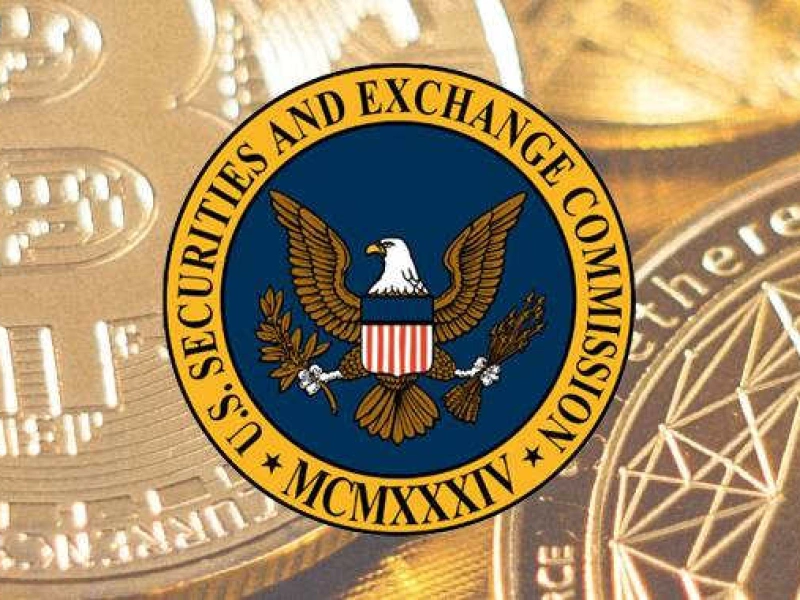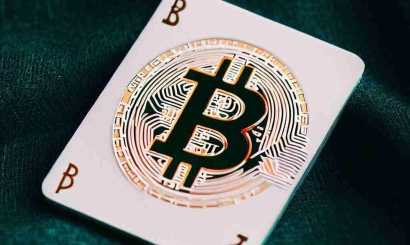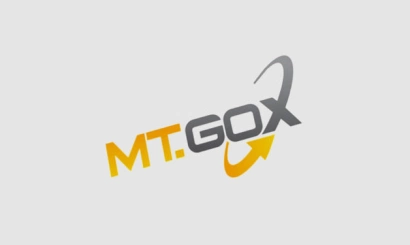What is the Hoey test? Why the SEC rates cryptocurrencies by the standards of the 1940s
SEC applies regulations dating back to 1946 in lawsuits against Binance and Coinbase
The chief US exchange regulator equates crypto-assets with securities according to a list of criteria developed in the middle of the last century and uses this as one of its main arguments
The U.S. Securities and Exchange Commission (SEC), led by Chairman Gary Gensler, is actively building pressure against the cryptocurrency industry. The main U.S. exchange regulator has already filed lawsuits against the two largest cryptocurrency exchanges, Binance and Coinbase. The agency is bringing a number of charges against both exchanges, the main of which is the recognition of a number of cryptocurrency assets that are traded on the platforms as unregistered securities that fall under the jurisdiction of the regulator.
The SEC has highlighted a list of crypto-assets on both exchanges in the lawsuits, which together total 19 coins and several of them, including Solana (SOL), Cardano (ADA), Polygon (MATIC), Filecoin (FIL), Sandbox (SAND), Decentraland (MANA), Algorand (ALGO), Axie Infinity (AXS) are listed in the charges for both venues.
According to the documents, all of them in one way or another fall under several criteria outlined by the agency: pre-sale or fundraising, promises to improve the project through continuous business development and marketing, and using social media to demonstrate the opportunities and benefits of the project.
In doing so, the SEC uses the criteria of the so-called Howey test. This test, created from a 1946 Supreme Court decision related to Florida citrus plantation transactions, is the basis of the SEC's authority to control securities that are considered "investment contracts" and do not fall into familiar categories such as stocks and bonds.
Although the concept originated in the middle of the last century, the agency still applies it to actual assets, including cryptocurrencies. Because the U.S. has yet to develop a unified regulatory approach to crypto-assets, it may be the one that ultimately shapes the landscape of cryptocurrency regulation.
From citrus to cryptocurrencies
The Securities Act of 1933 lists financial instruments that fall under the definition of security and therefore fall under SEC regulation. They are stocks, bonds, notes, security-based swaps, and more than a dozen other instruments. The document also cites the term "investment contract," which arose as a result of a court decision related to the Howey test.
At the time, the SEC sued the W.J. Howey Company and Howey-in-the-Hills Service for selling citrus plantation lots in Florida to the public along with a service contract giving Howey-in-the-Hills the right to lease and own the lot. Howey, with the necessary experience and equipment, remained responsible for growing, harvesting, and marketing. The purchasers of the plots received a share of the profits.
Based on this arrangement, the commission accused Howey of offering and selling unregistered securities in violation of the Securities Act. The case went all the way to the Supreme Court. The judge concluded that these transactions clearly were investment contracts under the law, and imposed the very criteria that became known as the Howey test. It includes four key elements that must be met to be considered a securities transaction.
1. investment of money. This can be any type of capital, such as cash, checks, or current cryptocurrencies.
2. Joint venture. This means that the investor's income is tied to the success of the entire venture, not just the success of his individual investment.
3. a reasonable expectation of return. This means that investors must have a reasonable expectation of profit, either through their own efforts or the efforts of others.
4. Profits derived from the efforts of others. This means that investors must rely on the efforts of a promoter or third party to make a profit.
The Hoey test is still used to this day by the SEC to determine whether certain financial products are securities. Some examples of assets and transactions that have been recognized as securities under the Howey test include initial coin offerings (ICOs), tokenized assets, and investment contracts.
Presently.
The SEC has issued guidance on the application of the Hoey test to cryptocurrencies and other blockchain-based assets. The SEC has stated that many cryptocurrencies and tokenized assets are securities because they meet the four elements of the Hoey test.
One high-profile example is the case of the failed Telegram messenger ICO when Pavel Durov was able to raise a record $1.7 billion on the sale of Gram tokens to qualified investors. In 2019, the SEC filed a lawsuit against Telegram, alleging that Gram tokens were securities and that Telegram violated the law by conducting an unregistered sale of assets. In the complaint, the SEC also cited the Hoey test and argued that Gram tokens meet all four criteria of the test.
Another high-profile example is the case surrounding Ripple's XRP token. In December 2020, the SEC filed a lawsuit against Ripple, claiming that XRP is a security and that Ripple violated securities laws by conducting the initial sale of the tokens. In its complaint, the SEC again cited the Howey test.
Focusing on the U.S. market, crypto businesses are forced to reckon with the Howey test. Now some projects call their assets a governance token, which is used to vote for the decentralized autonomous organization (DAO) created under the project. However, such tokens are also traded on cryptocurrency exchanges and are worth billions of dollars, so it remains to be seen how regulators will behave toward them in the future.
Many projects offer their tokens only outside the United States, restricting U.S. users from trading or participating in token giveaways (airdrops). Some blockchain services reach an agreement with the SEC, often paying significant fines if their asset is found to be a security.
Coinbase, meanwhile, intends to defend its position. It has filed a countersuit against the SEC, intending to get the regulator to provide clear rules for dealing with crypto-assets. The platform has openly stated that it has no plans to delist tokens that the SEC considers to be securities and to wind down stacking services. According to Coinbase, the company has more than $5 billion on its balance sheet to maintain operations and pay legal fees.
- Binance lawyers find a way to remove the SEC head from a legal case
- Binance.US will close trading of 40 currency pairs and OTC trading at once
- Trading volume on the largest DeFi-platforms increased by 180% in two days
- Katie Wood's company ARK Invest has bought Coinbase stock worth $21 million.
- Large market makers withdrew from Coinbase and Binance almost $70 million in assets
- How the outcome of the Ripple case will affect the crypto market after new lawsuits from the SEC
- The capital of the heads of Binance and Coinbase decreased by $1.6 billion in two days




_410x245_00e.webp)


